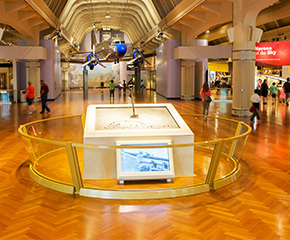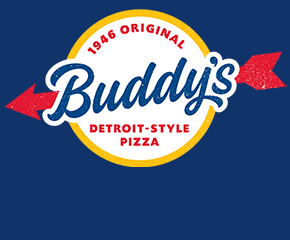
Working
Farms
Immerse yourself in an actual setting of 19th-century farm life.
Daily Activities at Working Farms
While there are no scheduled activities today, be sure to see our complete activities listing for upcoming offerings.
The soul of 19th-century America comes alive, with wagons, livestock, and fields of ripening vegetables in scenes right from the nation’s agricultural revolution. With living history presentations, you can see how people lived off the land.
Highlights
Working Farms
Check out some of the sights you'll enjoy first-hand when you journey through the Working Farms district in Greenfield Village.

Firestone Farm
This mid-19th century farm includes fields, a working barn, animals, and cooking demonstrations.




